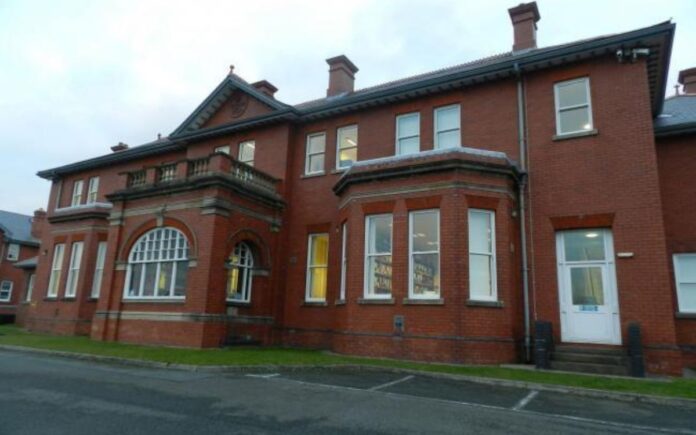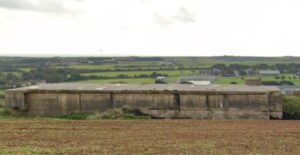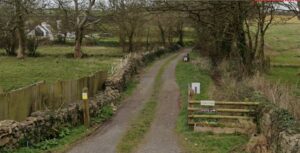A scheme for a 40-pitch campsite on ‘best’ south Pembrokeshire agricultural land near a partly-demolished radar facility, developed to counter Soviet bombers, is expected to be refused by national park planners.
Applicant Charles Goldsworthy seeks – in an application submitted through agent Steve Hole Architects – permission for 40 pitches including infrastructure, drainage, electric hook ups and sanitary facilities at Parke Farm campsite, just outside the hamlet of Merrion, Pembroke.
The application site lies some 400 metres from the partly-demolished RAF St Twynnells Rotor Radar Station, which an archaeological report says the scheme would have a minimal impact on.
Stackpole & Castlemartin Community Council has raised concerns in relation to safety when exiting the caravan site onto the main road, requesting the matter is discussed at full committee.
The application is recommended for refusal at the December 13 meeting of Pembrokeshire Coast National Park’s Development Management Committee; an officer report for members states the application is contrary to national planning policy as it seeks to change the use of Best and Most Versatile (BMV) Agricultural Land into a caravan and camping site.
“Such land should only be developed if there is an overriding need for the scheme and either previously developed land or land in lower agricultural grades are unavailable,” and such land “should be conserved as a finite resource for the future with considerable weight given to protecting it from development,” the report says.
The site itself has been operating historically under an exempted organisations certificate which ran until January 2022. Since the certificate ceased the site has been operating under the 28-day rule for 2023.
A site visit in November confirmed that four paddocks (two previously covered by the exempted organisations certificate and the two which are the subject of the application) appear to have been used for camping and caravanning in the 2023 season, with website reviews dating from May to August.
It says the site currently has a range of unauthorised facilities, including pod structures and electric hook-up points.
Nearby St Twynnells Rotor Radar Station was proposed for scheduling in 2010, but was subsequently partially demolished, a report by Lampeter-based ArchaeoDomus – Archaeological & Heritage Services says.
It adds: “The historic value of the station is derived from its place in the planning, development, and implementation of the advanced radar technology, which were being developed to counter the threat of attack by the Soviet Union after their first trial of a nuclear weapon in 1949.
“When considering that the station never went fully operational, demonstrated the great financial pressures that the programme was under, but also testament to the pioneering work being undertaken at the time to advance radar technology, which means fewer stations could provide national radar coverage for the Rotor programme.”
Help keep news FREE for our readers
Supporting your local community newspaper/online news outlet is crucial now more than ever. If you believe in independent journalism, then consider making a valuable contribution by making a one-time or monthly donation. We operate in rural areas where providing unbiased news can be challenging. Read More About Supporting The West Wales Chronicle























